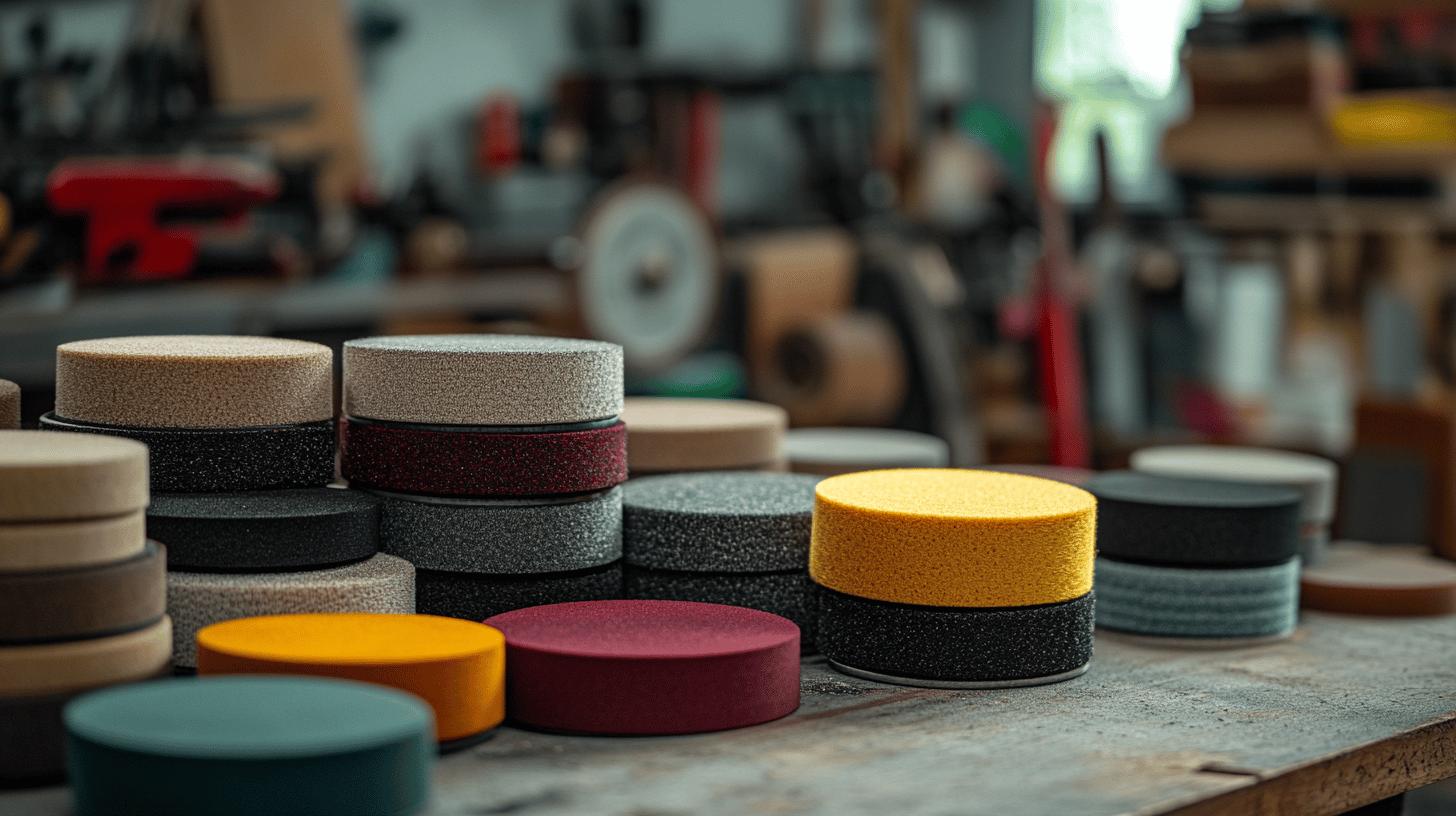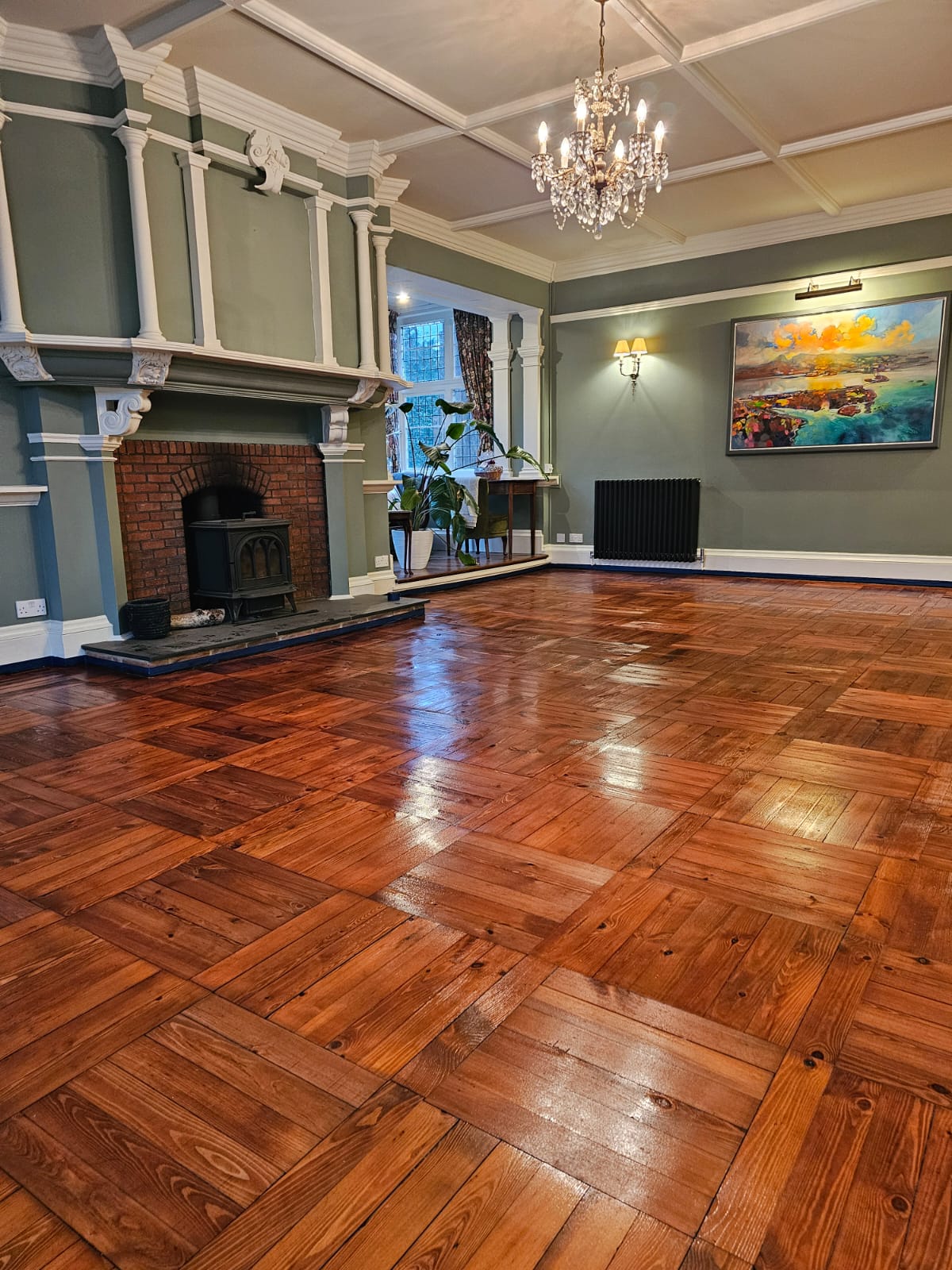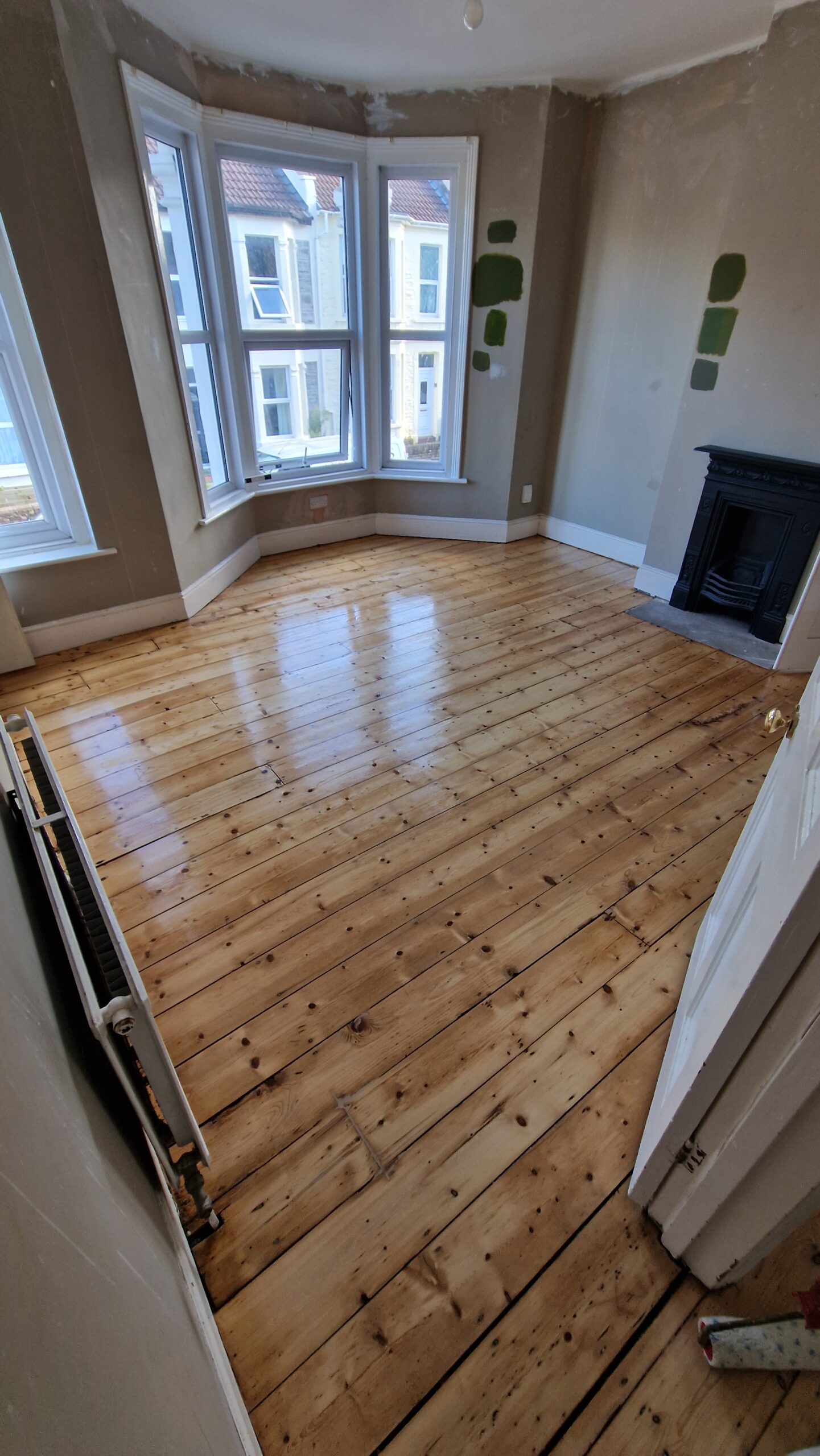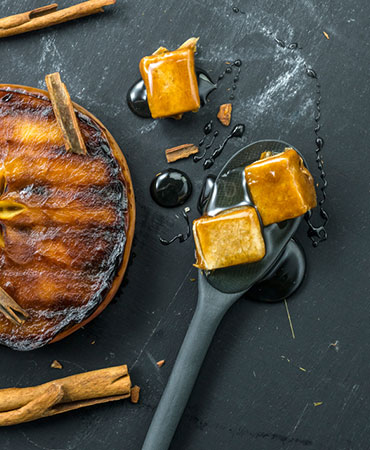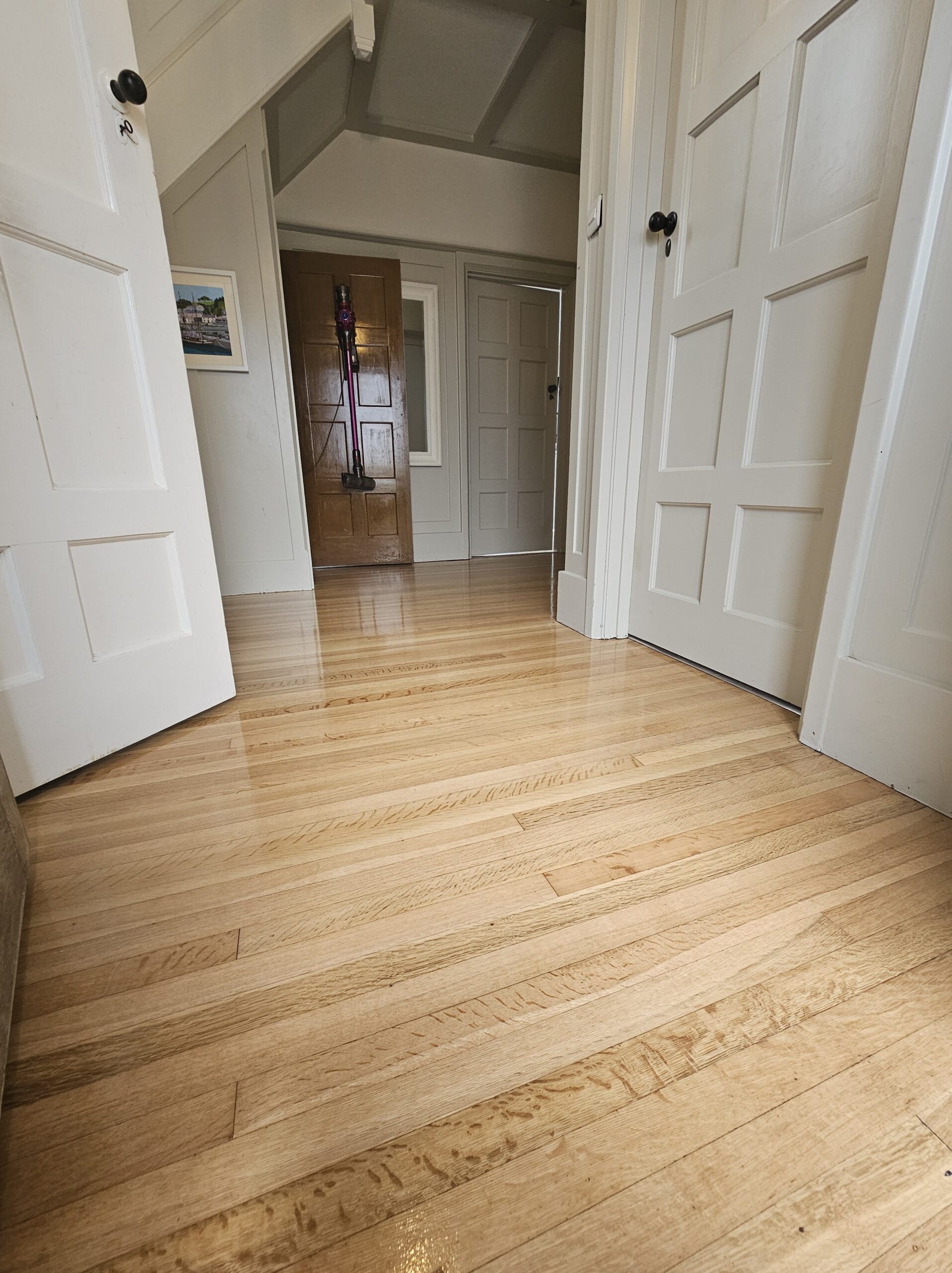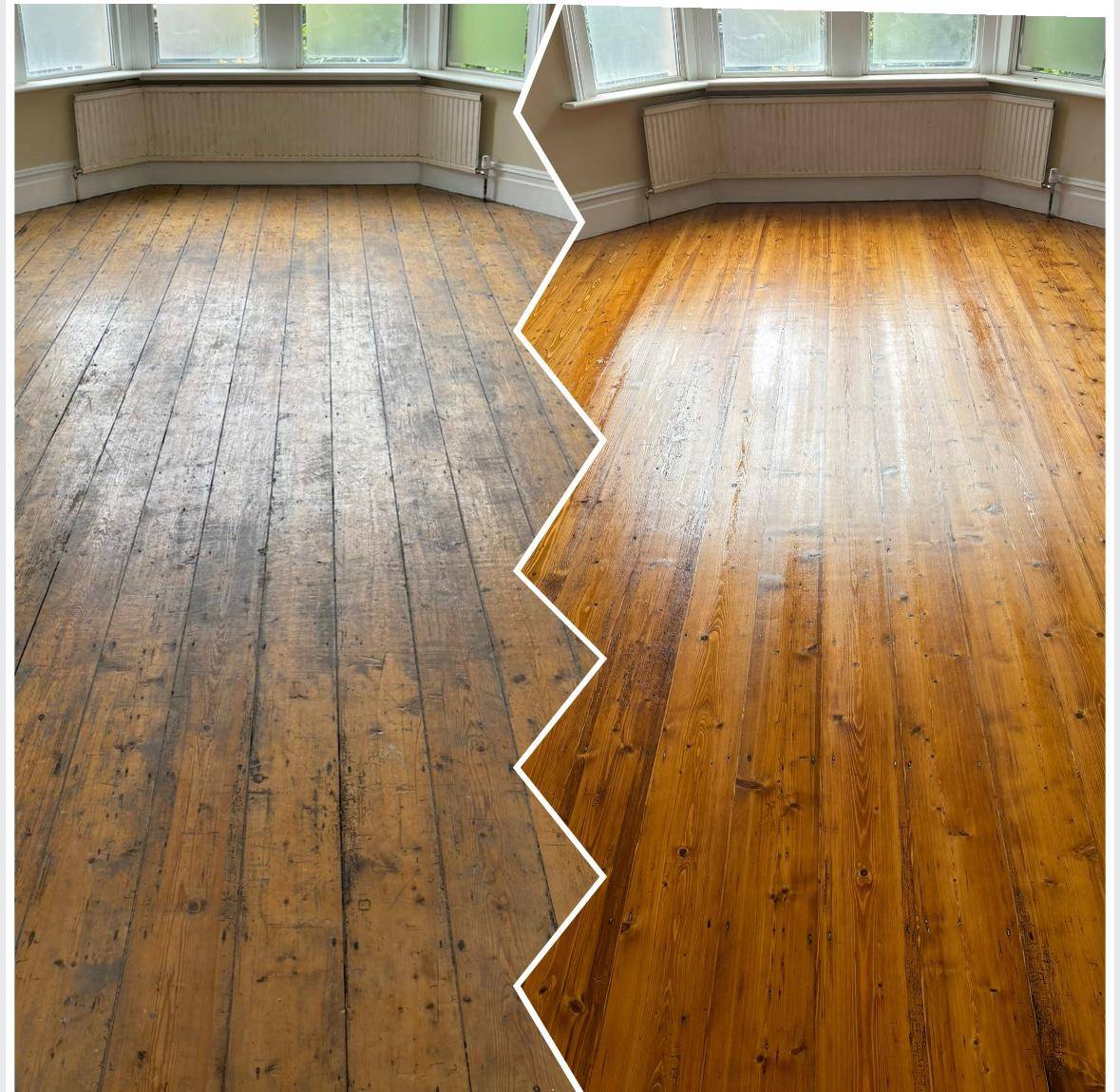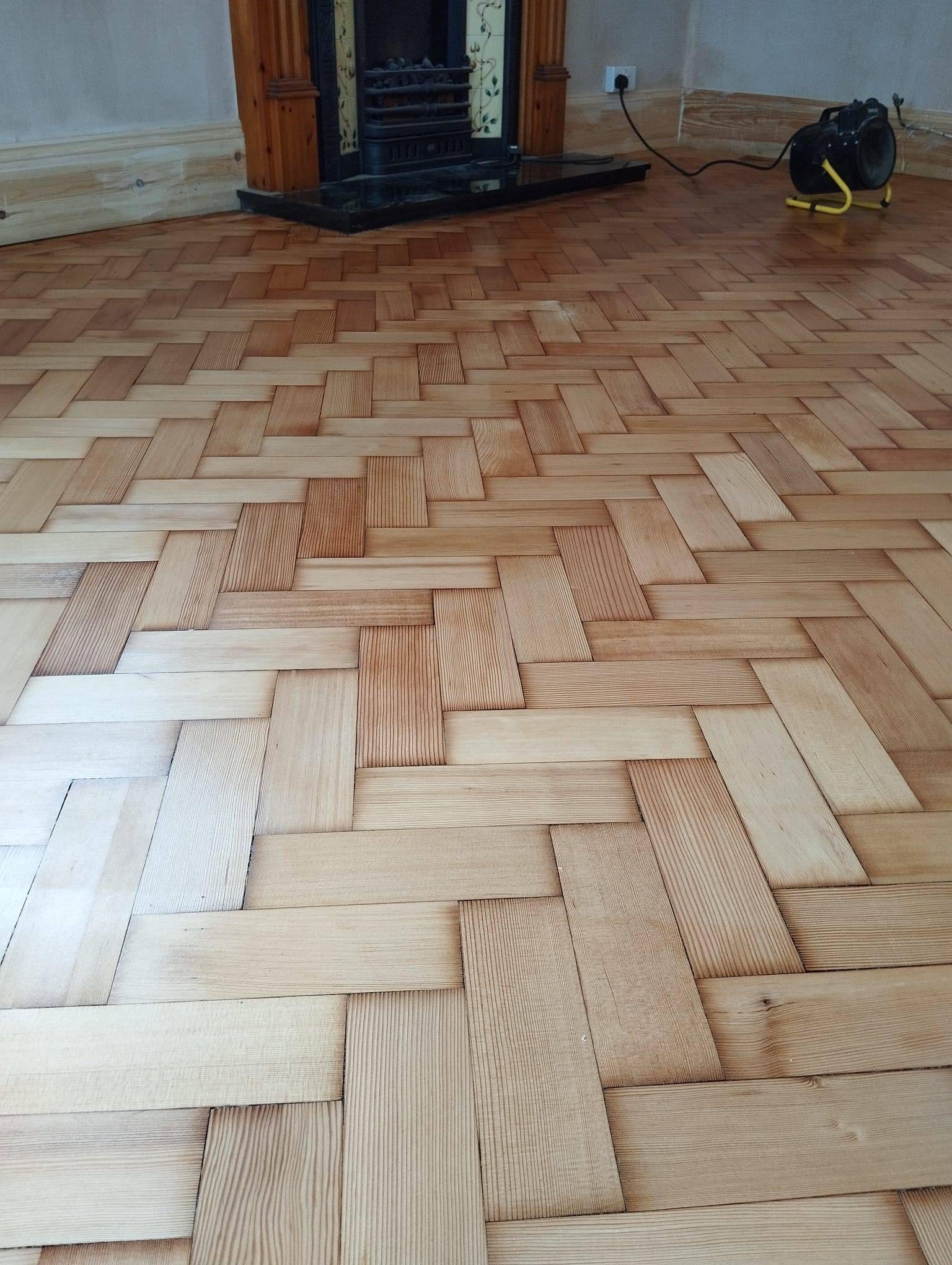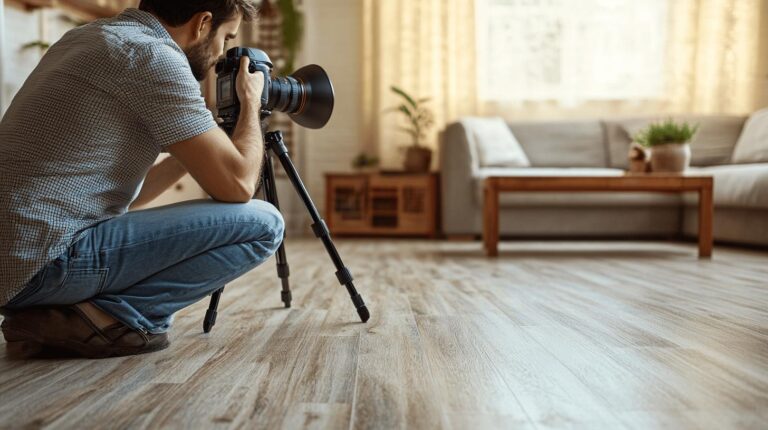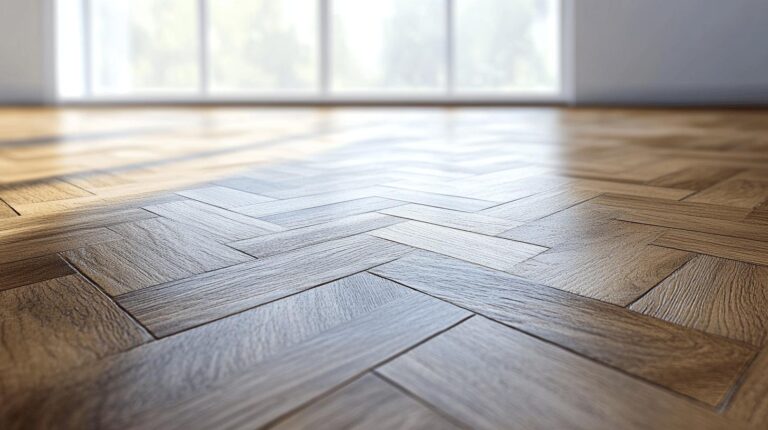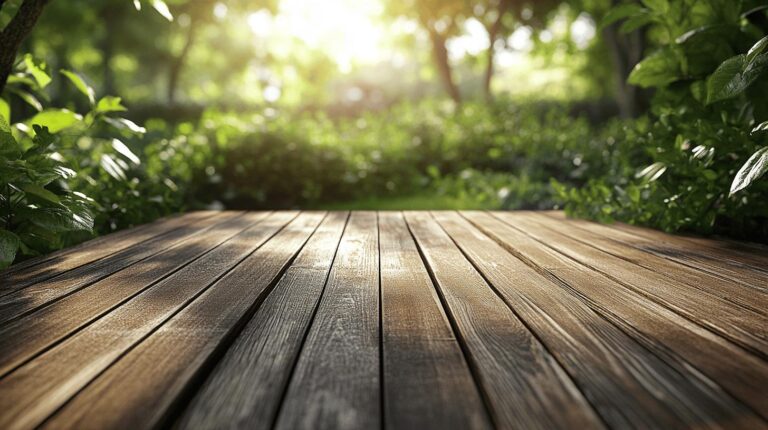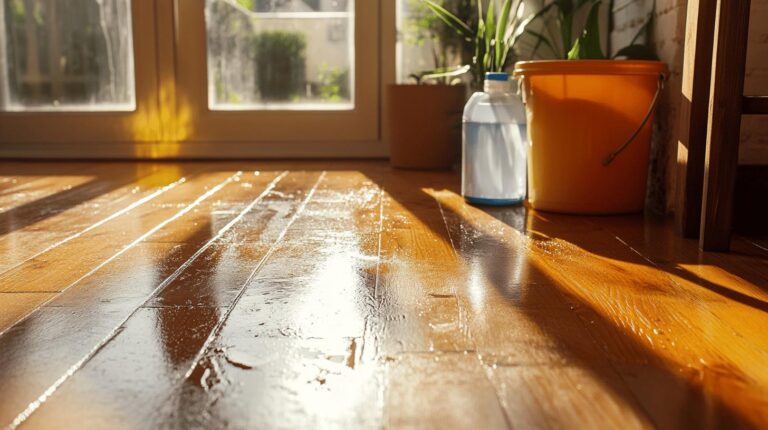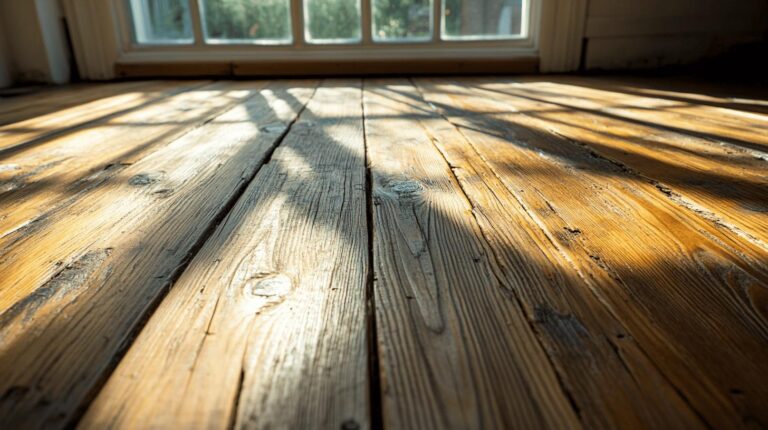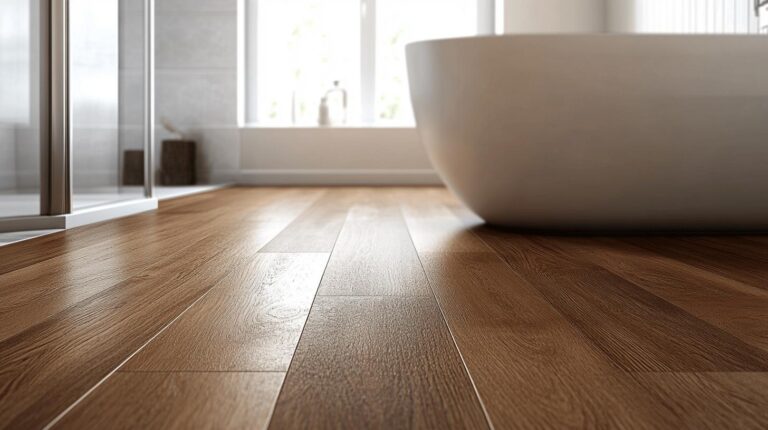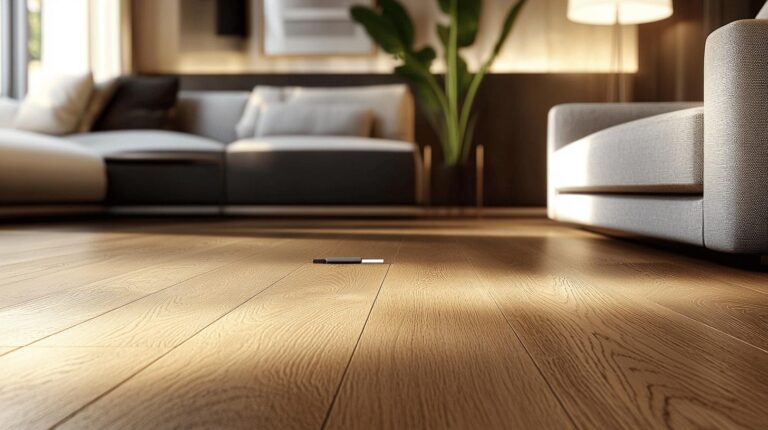Is choosing the right buffing pad grit for your annual recoats a real puzzle? Understanding the nuances of grit selection can drastically impact the smoothness and sheen of your wood floors. Similar to selecting the right seasoning for a dish, choosing the correct buffing pad grit can elevate the results of your floor recoating process. This guide on “Choosing the Right Buffing Pad Grit Made Easy” explores the essential factors and expert insights needed to simplify your decision-making. Learn how to match grit with pad types to achieve the desired finish while ensuring efficient polishing.
Understanding Buffing Pad Grit and Its Importance
Buffing pad grit is a crucial element in the surface preparation process, directly impacting the resulting smoothness and sheen of any surface. The grit refers to the coarseness of the pad, which determines how much material is removed during polishing. Selecting the right abrasive grit is essential for achieving the desired finish, as it influences both the efficiency of the buffing process and the quality of the surface. Foam, wool, and microfiber pads each provide different levels of abrasiveness, which can be tailored to specific tasks. Understanding these variations is key to optimising buffing effectiveness.
- Coarse Grit (50-80): Used for heavy-duty tasks like removing deep scratches and oxidation.
- Medium Grit (100-180): Suitable for smoothing out minor surface imperfections and preparing for finer polishing.
- Fine Grit (220-400): Ideal for refining and enhancing the surface finish before applying sealants or waxes.
- Extra Fine Grit (600-1200): Utilised for achieving a highly polished surface with a mirror-like sheen.
- Ultra Fine Grit (1500+): Primarily used for final touches and achieving the highest level of clarity and gloss.
.
Choosing the correct grit significantly affects overall buffing effectiveness by ensuring that the surface is prepared adequately for the next steps in the process. Each grit type has a specific purpose, from cutting through layers of material to finishing with a flawless sheen. By selecting the appropriate grit, professionals can enhance the quality of their work, achieve consistent results, and prolong the lifespan of the surfaces they treat.
Choosing the Right Buffing Pad Grit for Annual Recoats
Selecting the right buffing pad grit for annual recoating is pivotal for achieving the desired finish and prolonging the lifespan of surfaces. The choice of grit should be based on the current condition of the surface and the finish you aim to achieve. For instance, surfaces showing significant wear or defects will require a coarser grit to effectively remove imperfections, whereas surfaces in better condition may only need a finer grit to enhance sheen. The annual recoating process often necessitates balancing the removal of old layers with the preparation for new coatings, making grit selection an integral part of achieving a flawless finish.
Different grit levels offer various benefits in the recoating process. Coarse grits are ideal for tackling deep scratches and substantial oxidation, ensuring a smooth base for further treatment. Medium grit levels are often used to refine surfaces, eliminating minor imperfections and providing a uniform texture. Fine and extra-fine grits serve to polish and enhance the surface, readying it for sealing or waxing. Understanding these distinctions allows for more informed decisions, ensuring the selected grit aligns with both the surface condition and the desired outcome.
Combining the right grit with suitable pad materials is crucial for optimal results. Foam pads, known for their versatility, can accommodate a range of grits and are effective in various applications. Wool pads, more aggressive in nature, pair well with coarser grits for substantial surface correction. Microfibre pads, on the other hand, are excellent for finishing touches when used with finer grits. Experts recommend aligning the pad material with the chosen grit to enhance performance and ensure the surface is prepared adequately for the next stages of the annual recoating process.
Material Compatibility and Application Techniques
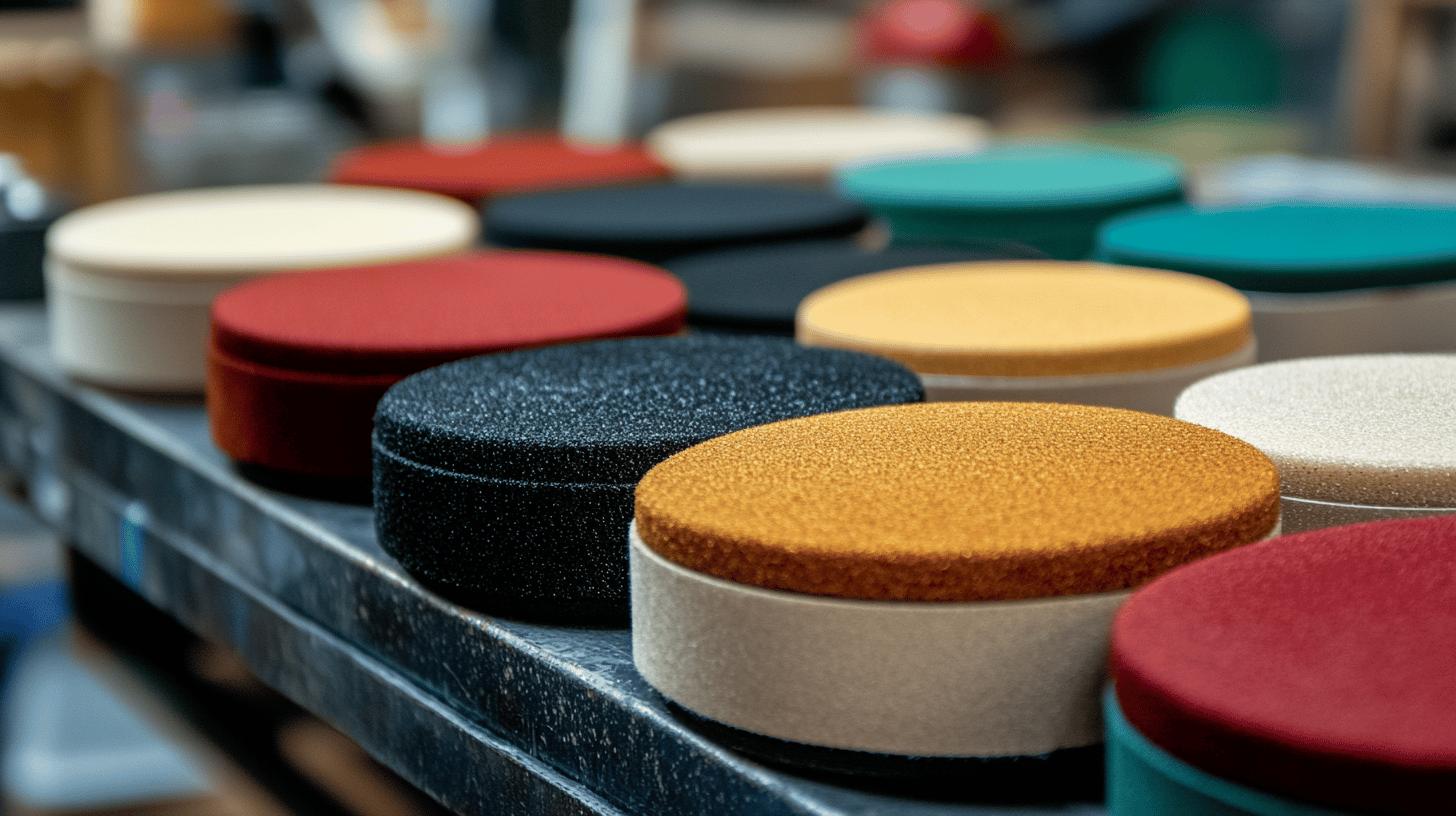
Matching pad materials to surface types is fundamental in achieving optimal results in buffing tasks. Foam pads are incredibly versatile and can be used on a wide range of surfaces, making them suitable for various applications. They are particularly effective on relatively flat surfaces where uniform pressure can be maintained. Wool pads, known for their aggressiveness, are ideal for tackling surfaces with deep scratches and significant oxidation. Their robust nature makes them well-suited for more demanding tasks, where heavy material removal is required. Microfiber pads, on the other hand, are best for finishing work, providing a high-gloss finish and removing light imperfections. Their soft texture is gentle on delicate surfaces, reducing the risk of damage.
Application Techniques
To ensure consistent and effective results, it’s essential to apply the correct buffing techniques. Maintaining consistent pressure throughout the buffing process is crucial, as uneven pressure can lead to an inconsistent finish and potential damage to the surface. Additionally, using smooth, overlapping motions helps distribute the abrasive action evenly, enhancing the uniformity of the polish. It’s also important to regularly check the pad for clogging or wear, as a clean pad ensures maximum efficiency and reduces the risk of surface damage.
Understanding the properties of pad materials is vital for selecting the right tool for each task. The flexibility and density of the pad can significantly influence surface contact and finish quality. Foam pads offer a balance of flexibility and density, allowing for a wide range of applications. Wool pads, with their dense and aggressive nature, are perfect for heavy-duty correction. Microfiber pads, due to their softness, excel in achieving a flawless, mirror-like finish. By comprehending these material attributes, one can make informed decisions that improve both the efficiency and outcome of the buffing process.
Tips for Maintaining Buffing Pads
Proper maintenance of buffing pads is essential for ensuring their longevity and optimal performance. Regular cleaning is the cornerstone of pad care, as it prevents residue build-up that can diminish effectiveness and damage surfaces. Thorough cleaning not only extends the lifespan of the pads but also maintains their shape and flexibility. To achieve this, it is crucial to use warm water and a mild detergent, which effectively remove residues without damaging the pad material. Additionally, proper storage practices contribute significantly to preserving pad durability, ensuring they remain in optimal condition for future use.
- Rinse pads with warm water immediately after use to prevent residue from hardening.
- Use a mild detergent to gently wash away any remaining polish or compound.
- Allow pads to air dry completely before storing to maintain their shape.
- Store pads flat in a cool, dry place to avoid warping or deformation.
.
Achieving Consistent and Long-lasting Results
Consistency in finish and longevity in recoating outcomes are directly linked to the judicious selection of buffing pad grit and adherence to a regular maintenance schedule. A consistent finish is not only visually appealing but also enhances the durability of the surface, protecting it from wear and tear. Achieving this level of finish requires careful selection of the pad and grit, tailored to the current condition and type of surface being treated. By choosing the correct combination, professionals can ensure that each coating layer bonds effectively, offering a uniform appearance and extending the life of the coating.
- Select Appropriate Grit and Pad: Choose a grit that matches the surface condition and a pad material that complements the chosen grit for optimal performance.
- Regular Maintenance Checks: Schedule routine inspections to address any issues early, ensuring the surface remains in prime condition for recoating.
- Adhere to Recoating Schedule: Follow a regular recoating timetable to maintain surface protection and finish quality.
.
Expert recommendations play a significant role in achieving enduring results. By consulting with professionals and adhering to their advice on pad use, individuals can better understand how to adjust techniques and materials for specific situations. Additionally, maintaining a consistent recoating schedule is vital, as it helps maintain the surface’s protective capabilities and appearance. By integrating expert insights with regular maintenance, one can achieve a finish that is both consistent and long-lasting, enhancing the overall quality and resilience of the surface.
Final Words
Choosing the right buffing pad grit for annual recoats is vital for achieving a smooth, lasting floor finish. Proper grit selection not only refines the surface but enhances its aesthetics by pairing the correct pad material with the desired sheen.
Applying the right techniques and maintaining your tools ensure consistent results, protecting your investment over time. Embrace these practices to enhance your wood floors’ appearance and longevity, knowing you are backed by reliable advice and proven strategies. ValidationResult aims to deliver a high-quality, professionally finished look with each recoating.
Schedule a re-coat → Wood Floor Buffing
FAQ
Q: What are the different types of buffing pads used for cars and floors?
A: The primary types are foam, wool, and microfiber pads. Foam is versatile, wool is aggressive for heavy-duty tasks, and microfiber provides a fine finish on both car surfaces and floors.
Q: How do I know what buffing pad to use?
A: Selecting a buffing pad depends on the surface and desired outcome. Foam is for general use, wool for cutting through oxidation, and microfiber for final polishing.
Q: What are the three levels of buffing pads?
A: The three levels are cutting, polishing, and finishing. Cutting pads are aggressive, polishing pads refine surfaces, and finishing pads add a high-gloss shine.
Q: Which buffing pad is best for dealing with oxidation?
A: Wool buffing pads are ideal for removing oxidation due to their aggressive nature, effectively cutting through oxidised layers.
Q: Is a foam or wool pad better for buffing cars?
A: Wool pads are better for heavy-duty tasks such as oxidation removal, while foam pads offer versatility and are suitable for lighter polishing jobs.
Q: What is the significance of selecting the correct grit for buffing?
A: Choosing the right grit affects surface smoothness and sheen. Proper selection ensures efficient surface preparation, resulting in an optimal finish.
Q: How does one maintain buffing pads for longevity?
A: Regular cleaning with warm water and mild detergent, proper drying, and storage prolong pad lifespan. Avoid harsh chemicals to maintain performance and durability.
